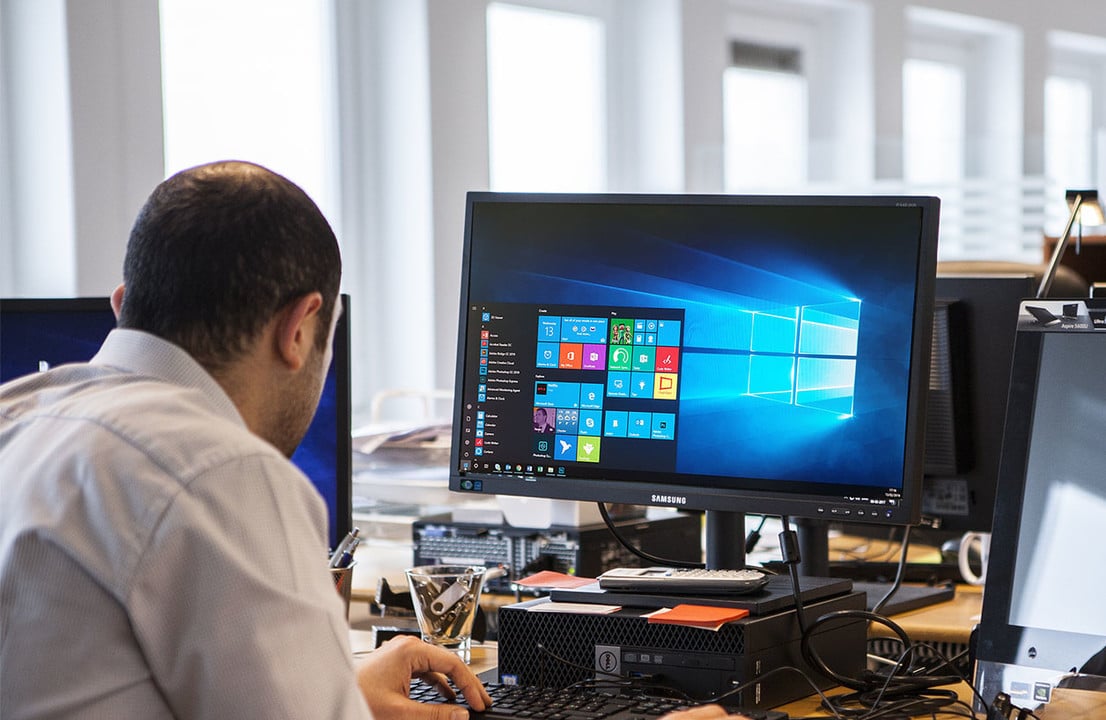Moving windows in Windows can significantly increase your work efficiency. Learn how to master this task with ease and which techniques are particularly effective.
Moving Windows windows: The key to efficient screen usage
The function of moving windows in Windows may seem simple at first glance, but it is essential for efficient use of the operating system. Different methods offer different advantages and challenges.
- Moving windows allows you to make the most of your screen by adjusting the window layout to suit your working style. This can make it easier to work with multiple documents at the same time, for example, without having to switch between them constantly.
- By moving windows, you can quickly access information displayed in different applications or tabs. A well-organized workspace reduces the time you spend searching and thus increases your productivity.
- When using multiple monitors, moving windows allows you to arrange applications so that they can be used seamlessly across multiple screens. This is particularly useful in professions that require extensive data analysis.
- Arranging windows according to your needs can also help minimize distractions by removing unimportant applications from view. This allows you to focus better on the tasks at hand.
How to move Windows windows: An overview of the best methods
There are several ways to move windows in Windows. The method you choose usually depends on your personal preferences and your specific work situation.
- The easiest method is to click and drag the window to the desired position. To do this, move the mouse pointer to the title bar of the window, hold down the left mouse button, and drag the window to the desired location.
- You can use the keyboard shortcut “Windows key + arrow keys” to quickly move windows to specific positions, such as the left or right edge of the screen. This method is particularly useful if you want to work without a mouse.
- The Snap Assist feature in Windows 10 (Snap Assist) and Windows 11 (Snap Layouts) allows you to automatically place windows in a specific part of the screen when you drag them to the edge. This feature helps you divide the screen efficiently and make multiple windows visible at the same time.
- If you like working with multiple monitors, Windows offers the option of moving windows between screens using drag & drop. All you need to do is ensure that the monitors are configured correctly to facilitate transitions.
Common errors when moving Windows windows
Technical obstacles or user errors can make it difficult to move windows. Once you understand these issues, you can quickly find solutions and increase your efficiency.
- Make sure your graphics card drivers are up to date. Outdated drivers can cause display errors that interfere with window movement. Regular updates ensure compatibility and stability.
- If windows are not responding properly, this could be due to a setting that has been accidentally enabled, as window settings or third-party software could be affecting their behavior. Check the system settings to see if any adjustments are necessary.
- Sometimes background programs or faulty applications block the normal functionality of windows. Restarting the system or closing unnecessary programs can help and improve performance.
- If you notice that windows are resizing or shrinking unexpectedly, check the scaling and layout settings in the display options. Incorrect settings may prevent windows from using the entire screen area.
Pros and cons: Moving Windows windows in everyday use
As with any feature, there are both advantages and disadvantages to moving Windows windows. It is important to understand both sides in order to make the best decisions for your work environment.
- The main advantage is that moving windows allows for flexibility and adaptability to different work requirements. This contributes significantly to increased efficiency, especially in environments that require multitasking.
- Another advantage is the improved clarity and organization of your work interface. With well-positioned windows, you can keep track of running processes and switch between tasks more quickly.
- However, constantly moving windows can also have disadvantages, such as the risk of losing track of things when too many windows are open at the same time. Good organization and prioritization of windows is important here.
- An additional disadvantage may be that frequent changes to window positions can inadvertently change settings, which can lead to confusion. Conscious operation and regular checking of the window layout can be helpful here.

